Civics | Social Science 7th Std
CHAPTER 7
Understanding Advertising
Today we are surrounded by advertisements or ads as we call them. We watch these on television, listen to them on radio, see them on the streets and in newspapers and magazines. Even taxis and rickshaws carry advertisements on them. When we go to cinemas, we see advertisements before the film begins and on the Internet, they often pop-up when we go into different websites. What do advertisements do? How do they attract our attention? Read more to find out…
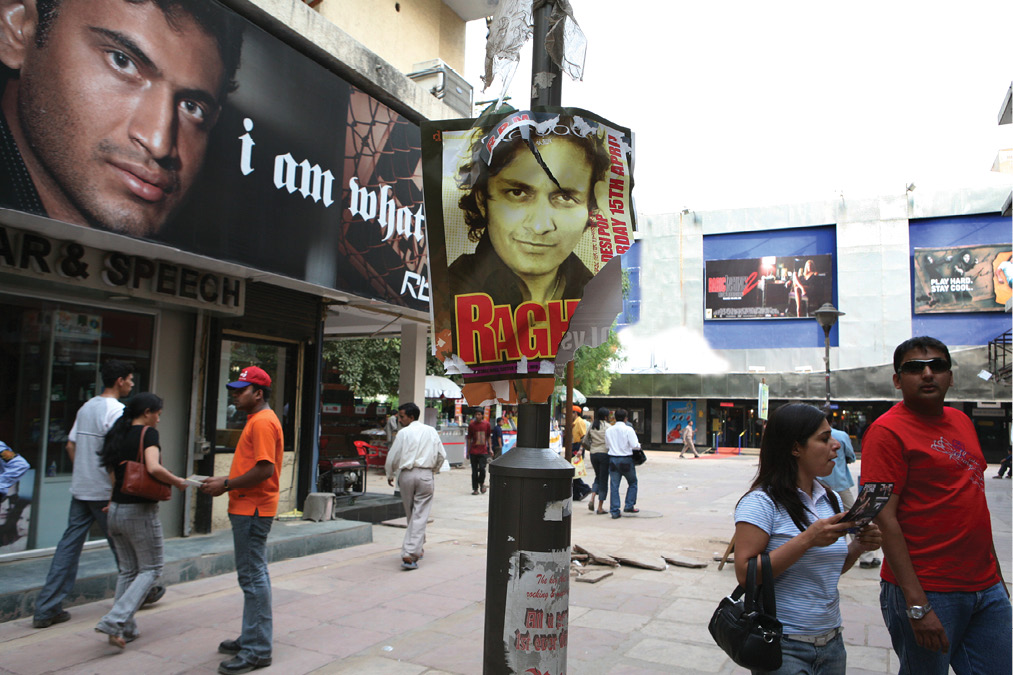
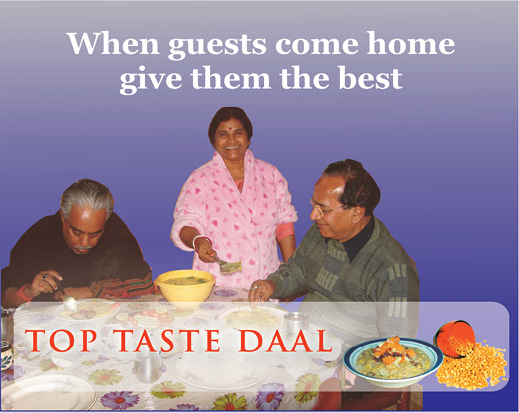

Look at the two advertisements above and fill the table.

Building brands and brand values
Have you ever heard of the word brand? Advertising is all about building brands. At a very basic level, ‘branding’ means stamping a product with a particular name or sign. This is done in order to differentiate it from other products in the market.
Do you think there is a problem in using the image of the mother as the only person who takes care of the child in the Care Soap advertisement?
So, let us look again at the advertisements above. Why do you think the manufacturers of the soap and the daal gave their products a specific name?
Daals or pulses are usually sold loose in the market. We usually know daals by their different types like masoor ki daal, urad ki daal, etc. These names are not brand names. When a company takes masoor ki daal and puts it into a packet, it will need to give the daal a special name. It needs to do this so that we don’t confuse the daal in that particular packet with the daal that is sold loose. They decide on a name like ‘Top Taste Daal’. This naming of the product is called ‘branding’.
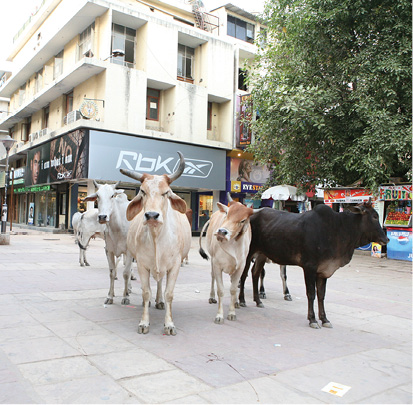
Branding actually came from cattle grazing. Cattle of different owners grazed together in ranches and they often got mixed up. The owners thought of a solution. They started marking their cattle with the owner’s sign by using a heated iron. This was called ‘branding’.
Similarly, in the case of the soap, there are many soaps in the market today. In bigger towns and cities, we no longer just say soap but rather refer to them using the different names of companies that make them. Given the many soaps in the market, the company will have to give the soap a different and special name. By doing this they create another brand of soap.
Just naming the product may not make us buy it. The manufacturers that made the soap and the daal still have to convince us that their soap and daal are better than the others available in the market. This is where advertising comes in. It plays a crucial role in trying to convince us to buy the product that is advertised.

The task of creating a brand does not stop at giving the product a special name. For example, just when ‘Top Taste Daal’ begins to be sold, another company decides to also sell daals in a packet and calls this ‘Best Taste Daal’. So, now there are two branded daals in the market. Both the companies are keen that you buy their daals.
The consumer is confused because you really cannot tell the difference between ‘Top Taste Daal’ and ‘Best Taste Daal’. The manufacturer has to give the consumer a reason to prefer a particular brand of daal. Just naming a daal does not help sell it. So, advertisers begin claiming certain special values for their brand. In this way, they try to differentiate it from other similar products. Look below at how the two daals try and do this.
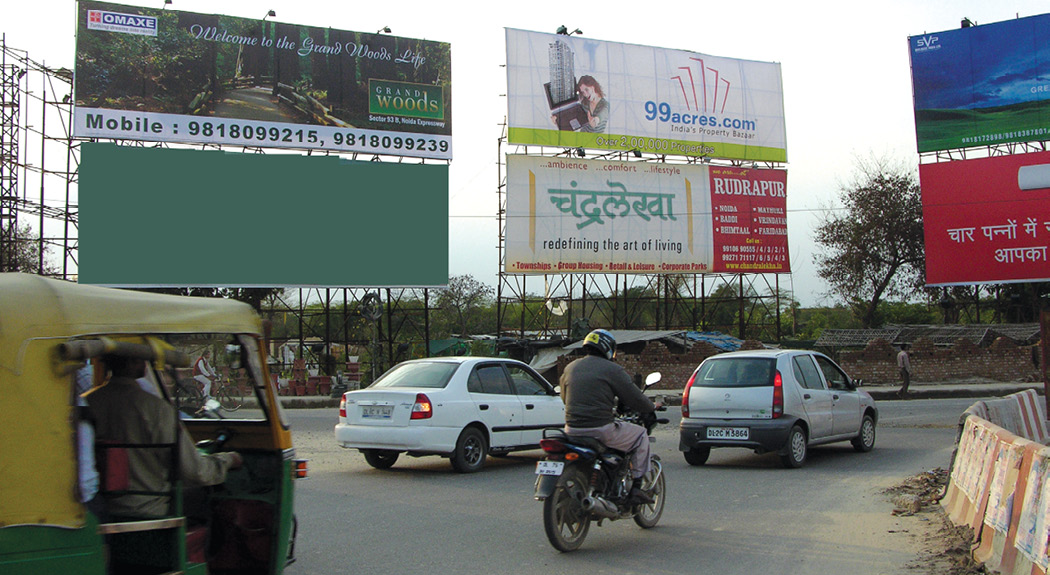
Manufacturers spend crores of rupees to make sure that we see their advertisements wherever we go.
From the advertisements, you can now see that the two daals are saying different things. ‘Top Taste Daal’ is appealing to our social tradition of treating guests extremely well. ‘Best Taste Daal’ is appealing to our concern for our children’s health and that they eat things that are good for them. Values such as treating our guests well and making sure our children get nutritious food are used by brands to create brand values. These brand values are conveyed through the use of visuals and words to give us an overall image that appeals to us.
Brand values and social values
Advertisements are an important part of our social and cultural life today. We watch advertisements, discuss them and often judge people according to the brand products they use. Given that advertisements are such a powerful source of influence in our lives, we need to be able to understand the ways in which they work.
Let us look more closely at the two advertisements that we began the chapter with. If we ask all of the questions listed, we will realise the way in which these two advertisements work.
Branded daals cost much more than daals that are sold loose because they include the costs of packaging and advertising. So, many people cannot afford them. However, because of the advertisement, people who cannot afford Top Taste Daal might begin to feel that they are not treating their guests properly. Gradually, people will come to believe that only branded daals are good and will want to buy the daal that comes in a sealed packet rather than that which is sold loose. But, in reality there is little difference between daals that are sold loose and those sold in a packet. We are just made to imagine the difference because of the advertisement.
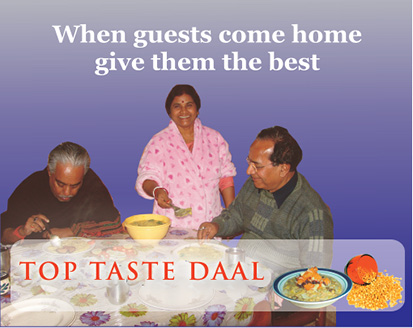

What does this advertisement want me to feel when I use this brand?
Who is this advertisement talking to and who is it leaving out?
If you have money to buy these products, how would you feel when you see these advertisements? If you do not have money, then how would you feel?
In the Care Soap advertisement, once again a personal emotion is being used. As a mother, if you want to show your child you care, then you have to buy this expensive soap. The advertisement uses the mother’s concern for her child. It tells the mother that her love and care is best shown through using this particular brand of soap. Because of this, mothers begin to feel that using this soap is a sign of how much they love their child. In this way, the advertisement uses the love of a mother for her child to sell this expensive soap. Mothers who cannot afford this soap might begin to feel that they are not giving their children the best care.
As you can see with the two advertisements, they often target our personal emotions. By linking our personal emotions to products, advertisements tend to influence the ways in which we value ourselves as persons.
Often several of our cricket heroes and our favourite film stars also try and sell products to us through advertisements. We may feel tempted to buy these products because persons whom we consider our heroes tell us that they are worth buying. In addition, advertisements often show us images of the lifestyles of rich people and seldom show us the reality of peoples’ lives that we see around us.

This collage, prepared by school children, shows celebrities promoting products. It was recently reported that a top cricketer signed a three-year contract to do various advertisements for Rs 180 crores. A popular model may charge Rs 5 lakh or more per advertisement.
The telecast rate for a 30 second advertisement on a major TV channel is Rs 1.65 lakh.The cost of bringing out a quarter page colour advertisement in a leading newspaper is Rs 8.36 lakh.
Advertisements play a big role in our lives. We not only buy products based on them, but often, having certain brand products influences the ways in which we think about ourselves, our friends and our family. It is, therefore, important to know how advertising works and understand what it does before we choose to buy the products that advertisements sell. We need to be able to critically understand why they use particular images, the personal emotion that they are appealing to and the ways in which this affects how we think about ourselves when we use the product or are not able to buy it.
How does an advertisement get made?
Advertising is a very important part of getting people to buy a brand. This does not happen easily and several hundred books have been written on this. Advertisements aim to get people to buy a particular brand. This basically means that after we see an advertisement we should want to buy the brand. Let us see how the persons who make advertisements decide on what images, text and personal emotions to use to sell the product.


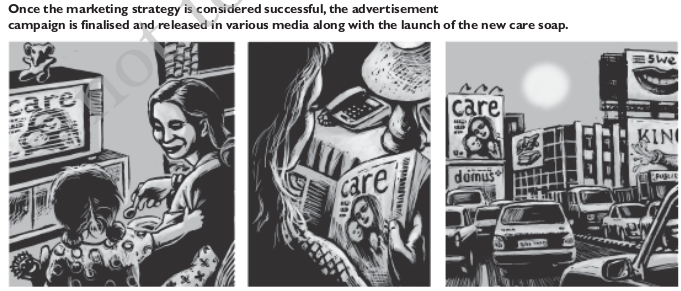
Advertising and democracy
There are various ways in which advertising links to issues of equality in a democratic society.
Who do you think is the target audience for the social advertisements below?
What is the message that each social advertisement is trying to get across?
Having read about diarhhoea epidemic in the chapter on State Government, can you make a social advertisement on what precautionary steps should be taken to prevent diarrhoea?
Advertising a product costs a lot of money. Usually, crores of rupees are spent advertising a brand. Producing and showing advertisements in the media is very expensive. Because there are so many advertisements in the market today, companies have to show the advertisement again and again to have it stick in people’s minds.
What this often means is that only large companies can advertise. If you own a small business, you will not have the money to show your product on TV or national newspapers and magazines. So, persons who sell papad, pickles, sweets and jams that they have made at home are not considered as fashionable as brand products. They often have to sell their products in weekly markets and neighbourhood shops that you will read about in the following unit.
Social advertising
Social Advertisements refer to advertisements made by the State or private agencies that have a larger message for society. The following are two social advertisements:


1. Social advertisement regarding
educational rights of disabled children.
2. Social advertisement regarding crossing of unmanned railway crossings.
It also makes us believe that things that are packaged and have a brand name are far better than things that do not come in packets. We forget that the quality of a product has little to do with the packaging that it comes in. This shift to packaged products negatively affects the sales of several small businesses forcing people out of their livelihoods.

Advertising makes us believe that things that are packaged are better than things that do not come in packets.
In a democracy in which all people are equal and should be able to lead a life of dignity, advertising tends to promote a certain lack of respect for the poor. They are not the faces we most often see in advertisements and so we tend to dismiss their lives as worthless.
Advertising, because it appeals to personal emotions also tends to make people who cannot afford certain brands feel bad. They feel that they are unable to give their loved ones the best care that brand products appear to offer.

Juice sellers like this one are losing customers who, because of advertising, prefer branded drinks.
Advertising by focusing on the lives of the rich and famous helps us forget about issues of poverty, discrimination and dignity, all of which are central to the functioning of equality in a democracy. More than just selling us products, advertisements tell us how we should live our lives, what we should aspire and dream for, how we should express our love, what it means to be smart, successful and beautiful. As citizens of a democratic society, it is important for us to be aware of the strong influence that advertising has on our lives. By critically understanding what advertisements do, we can make better decisions about whether we wish to buy a product or not.
EXERCISES
1. What do you understand by the word brand? List two reasons why building brands is central to advertising?
2. Choose two of your favourite print advertisements. Now, look at each of these and answer the following questions:
a. What visuals and text is being used in these advertisements to attract my attention?
b. What values are being promoted in these advertisements?
c. Who is this advertisement speaking to and who is it leaving out?
d. If you could not afford the brand that is being advertised how would you feel?
3. Can you explain two ways in which you think advertising affects issues of equality in a democracy?
4. Making an advertisement requires a lot of creativity. Let us imagine a situation in which a manufacturer has just made a new watch. She says that she wants to sell this watch to school children. She comes to your class and asks you all to create a brand name as well as an advertisement for the watch. Divide the class into small groups and each group create an advertisement for this watch. Share it with the class.
Glossary
Product: This refers to a thing or service that has been made for being sold in the market.
Consumer: This refers to the person for whom the goods or products have been made and who pays money to buy and use them.
Brand: This refers to a special identification or name that is associated with a product. Such identification is created through the process of advertising.
To influence: This refers to the power to change what someone believes or does.
Lifestyle: In this chapter, this word refers to people’s lives being identified by the products they own, the clothes they wear, the places they eat in, etc.

